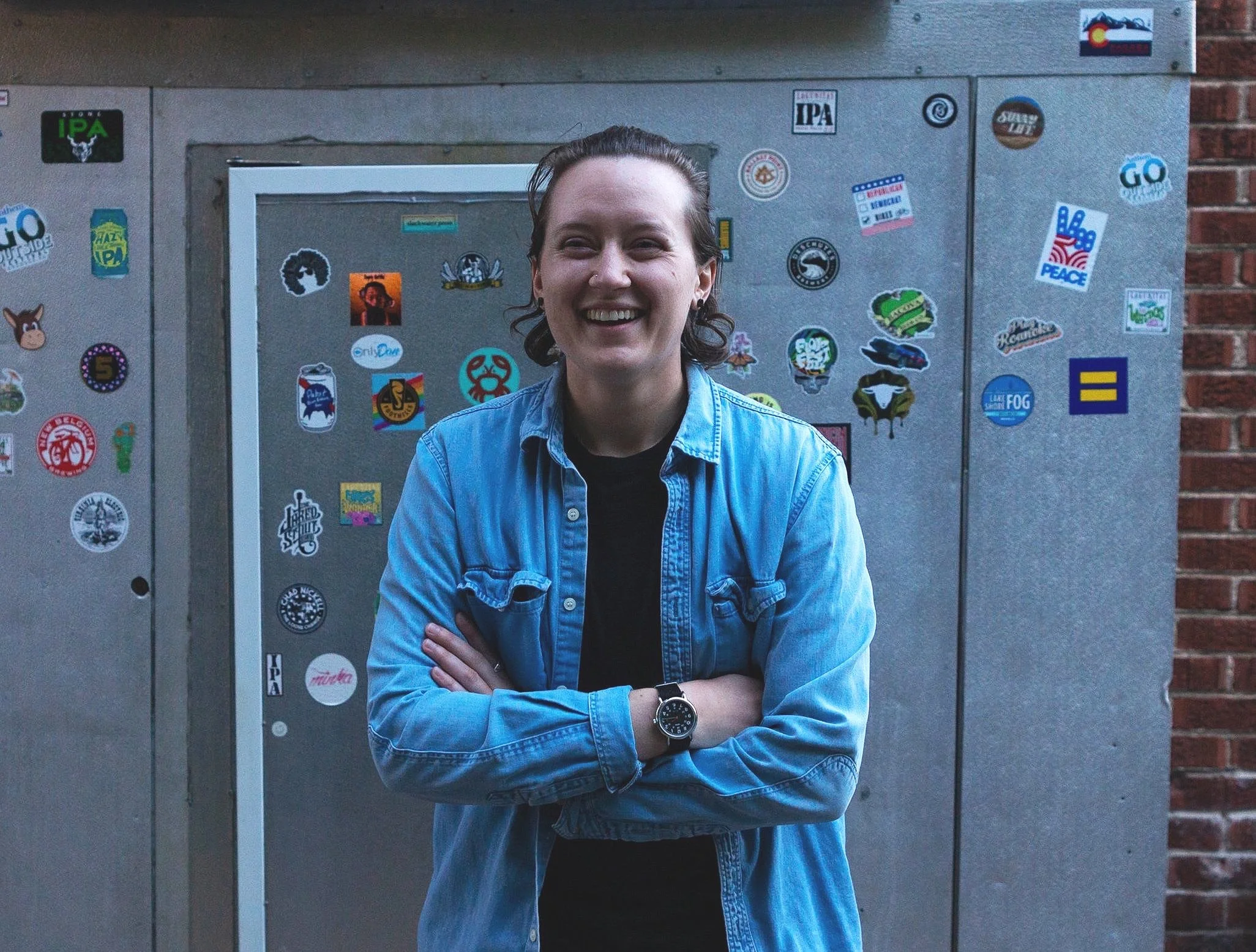Photo by Jamie Woytiuk
Words and Photos by Jamie Woytiuk
Persons with Disabilities (PWD) experience significant barriers, in all cultures and around the world. In Vietnam, there are remarkable distinctions between PWD and able-bodied persons. Only 2.3 percent of those experiencing disabilities have access to recovery services when they get sick or are injured. Inequalities in living standards and social participation remain an area of needed transformation.
While visiting several places within Quang Binh district, numerous low-income households struggled with disabilities. One study showed, households and families with PWDs often struggle more financially, and there are fewer job opportunities
The barriers to accessing employment for PWD, is also prevalent as disabled children are less likely to attend school, as compared to able-bodied persons. At high-school level, less than one-third of children with disabilities go to school at the right age, compared to two-thirds of children without disabilities.
Photo by Jamie Woytiuk
The discrepancy in school attendance between able-bodied children and child with disabilities is potentiated by the fact that the teaching resources are not accommodated to meet accessible standards and ensure everyone can enjoy a safe learning space.
According to a UNICEF study, Vietnam is a country with 6.2 million people living with disabilities, that is the 7 percent of the country’s population. As statistics show,more than 7 percent of the population over two years old is disabled and approximately 13 percent of the nation resides in households with a disabled person.
Those figures alone only show the reported statistics, but gaps in data collection are present and may vary depending on geographical location.
A young man, 18 years old, at home with his parents and two younger sisters. He had never attended school due to his disability. Without a wheelchair, travelling to school would be difficult. And no local schools could assist with mobility.
Photo by Jamie Woytiuk
The Vietnam War was a significant event leading to increased disabilities among people in Vietnam. The Quang Binh Province was highly affected throughout the Vietnam War due to its coordinates between North and South Vietnam; Dong Hoi, the capital of Quang Binh Province, was heavily devastated by bombardments from the United States.
In addition to bombing, Americans were also responsible for using Agent Orange, a defoliant chemical. The U.S. military forces sprayed it in Vietnam from 1962 to 1971 for the dual purpose of defoliating forest areas that might conceal Viet Cong and North Vietnamese forces while also destroying crops that might feed the enemy.
Photo by Jamie Woytiuk
The Vietnam Red Cross estimates that Agent Orange has affected 3 million people spanning three generations, including at least 150,000 children born with severe birth defects since the war ended in 1975. Studies predict that Vietnam might see another six to twelve more generations of Agent Orange victims.
The Association for Empowerment of Persons with Disabilities (AEPD) is a local NGO in Vietnam, founded in 2010. Their programs aim to improve the economic well-being of persons with disabilities, including those who have been injured and disabled by war-related injuries.
Photo by Jamie Woytiuk
Twenty-five years of conflict left long-lasting damage to Vietnam. There are 45,000 Landmine/UXO survivors, Agent Orange victims and other PWDs in Quang Binh Province, accounting for 5.2 percent of its population. Many PWDs live in rural and poor areas, in communities where they have limited access to health care and education, opportunities to generate income, and social integration.
AEPD uses a survivor-centric approach based on a peer-support model. This means that they build all programs and interventions based on the needs of PWDs. While these programs and services are developed by staff, their interventions are carried out in the field by a team of outreach workers, who are themselves PWDs.
AEPD considers peer-support to be the essential foundation for the recovery and empowerment of PWDs. With a strong focus on community-based rehabilitation and participatory programs, AEPD ensures the continuity of its initiatives long-term.
Photo by Jamie Woytiuk
Once individuals are assisted in overcoming obstacles caused by their disabilities, they are then encouraged to expand the impact of the interventions and give back to the community by supporting fellow PWDs in their own recovery. AEPD aims to train local actors and set up permanent facilities that will be able to continue offering services to beneficiaries once the interventions are completed.
A husband and wife team run a bamboo and rattan furniture making business. They saw many women who had disabilities within their community who were also unemployed and very poor. They wanted to provide opportunities for these women to thrive in their community. Not only have these women gained employment but they have gained a community and support system. The women sing and tell stories with one another while creating bamboo furniture.
Photo by Jamie Woytiuk
By building partnerships with service providers, they link PWDs with local services to address their health, financial, and social needs. AEPD's comprehensive, beneficiary-centred program is the only one of its kind in Vietnam.
Due to COVID- 19, AEPD was forced to delay some of their recent initiatives, including a “photo-voice” training. But as Vietnam begins to lift isolation restrictions, the organization has been busy implementing new projects and research. AEPD recently announced a call for participants as they begin planning a 5-year project on vocational training for young people with disabilities from the age of 15 - 45.
Click to learn more about AEPD Vietnam and support their projects.


















